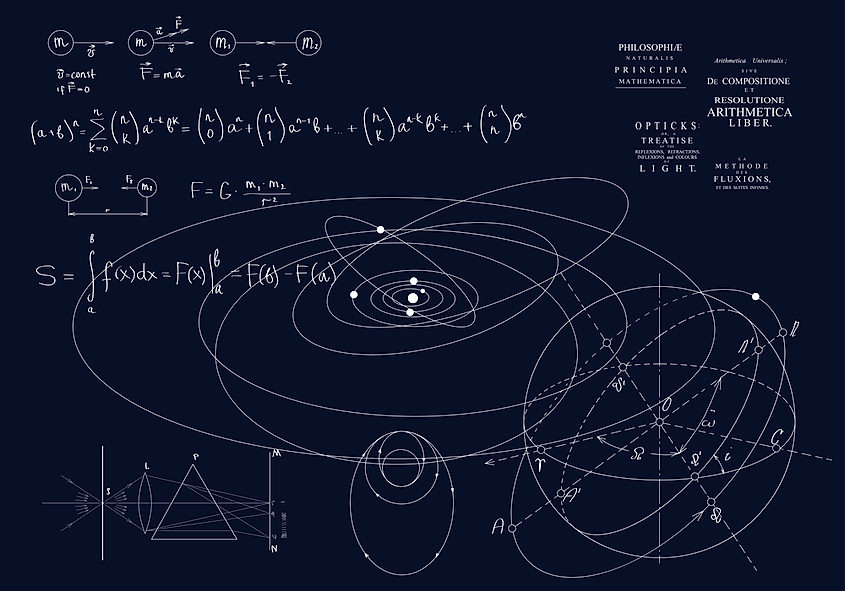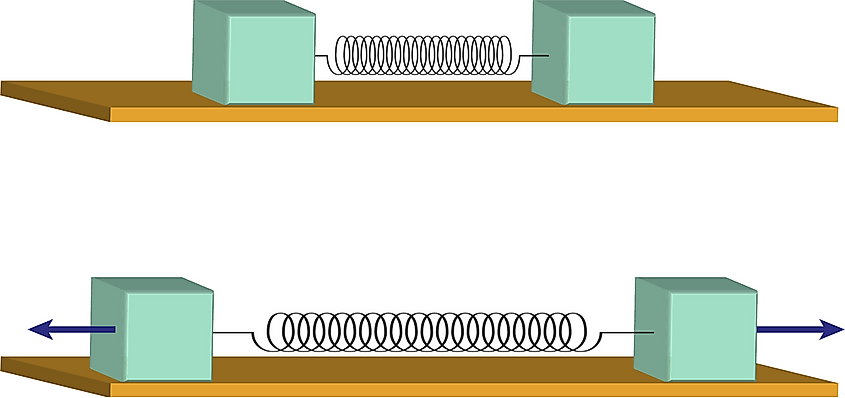What Are The Forces That Can Affect Motion?

- Simply put, motion is a phenomenon in which something moves or changes place and position.
- Normal force, applied force, tension force, and spring force are the main types of contact forces.
- Non-contact forces are forces that cannot be reduced to more basic interactions, and they are also known as fundamental forces of nature.
The most simple way to explain force and motion is to use sports as an example. In basketball, you want to make the ball travel and go through the opponent's basket. The movement of the ball, whether it is shooting or passing is motion, and the way you shoot or pass the ball with your hands is force. When we apply force to an object, we make it move from one place to a different place.
We can say with utmost certainty (due to the powerful knowledge of physics) that nothing moves, stops, changes speed, etc. without the use of force. Remember that time it was raining and you were soaking wet even though you had an umbrella? It was probably because the wind pushed your umbrella and the rain around you. That is what force does, it gets you wet.
Introduction To Force
Let us get physical, as Olivia Newton-John would like us to. The derived unit of the force is N (one newton), and it is named after Isaac Newton due to his extraordinary achievements in the field of classical mechanics. 1N = 1 kg-m/s2, and what this equation tells us is that one N is the force that causes a 1 kg mass to accelerate at a rate of 1 meter per second (each second).

Even though science is important in our everyday life, this is just a different way of saying that you apply force when you push or pull on something. Forces are what make objects move and change their directions. Forces that require contact are also known as contact forces, and they are responsible for most of the visible interactions we do daily, such as shooting a ball through the hop, kicking a bag of trash, or pulling a friend out of the bed.
The 4 Main Types Of Contact Forces
There are four main types of contact forces. The first one, the normal force is when nothing is happening. You have a book on your table and gravity is pulling it to the ground, but there is the table underneath it, preventing that from happening.
Second, we have applied force, and that is the force we apply when we move that same book around our room.
Third, there is a tension force. Tension is when two pulling forces, directly opposite of each other stretch an object. Imagine you and your sibling pulling on the book, fighting over it, stretching its covers and pages until it pulls apart. You can also see this on a hanging ceiling lamp because the cable is holding the lamp.
The final type of contact force is called spring force, and this is the force that is created by a compressed, stretched spring on any object that is directly attached to it.

We also have non-contact forces, and those are the fundamental forces of nature (they cannot be reduced to more basic interactions). These forces act between objects that are not touching each other, unlike in our previous examples.
There are also four of those, the gravitational (force experienced by any mass inside a gravitational field) and electromagnetic force, as well as strong interaction (strong nuclear force) and weak interaction (also known as weak force). This is the case for the Standard Model of particle physics, which was developed in the 20th century.











